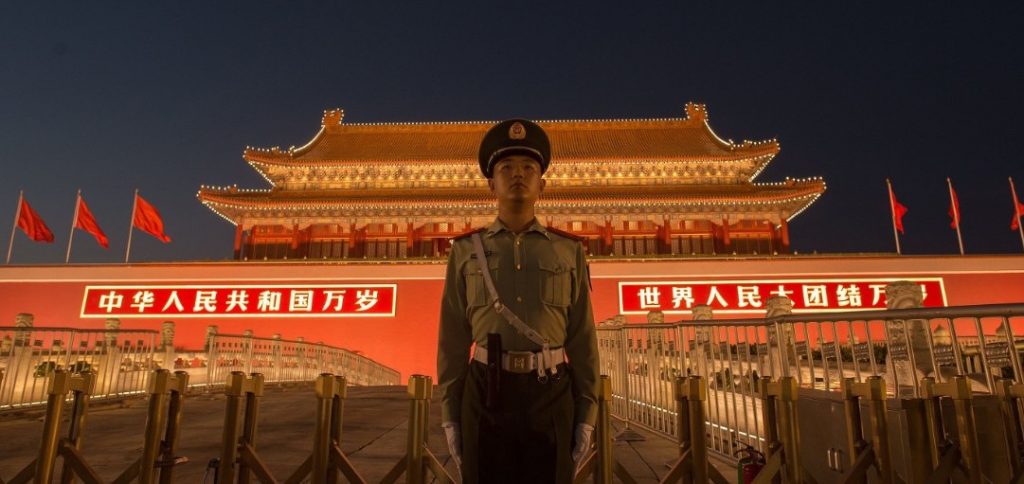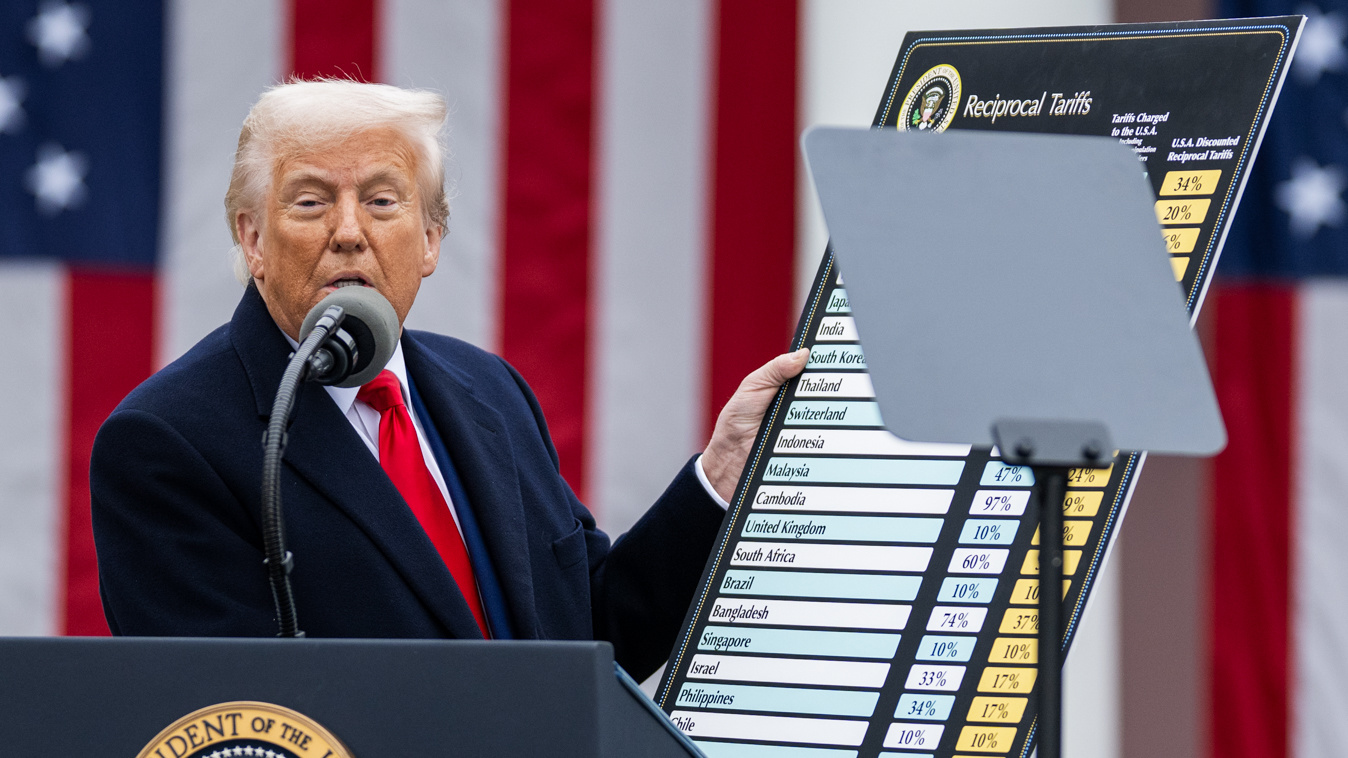Editor’s note: This is a very accurate analysis.
China’s real problem isn’t the so-called Thucydides trap, which holds that a rising power like China must clash with an established power like the U.S., the way ancient Athens clashed with Sparta. It was Lenin, not Thucydides, who foresaw the challenge the People’s Republic is now facing: He called it imperialism and said it led to economic collapse and war.
[Walter Russell Mead | Sept. 17, 2018 | WSJ ]
Lenin defined imperialism as a capitalist country’s attempt to find markets and investment opportunities abroad when its domestic economy is awash with excess capital and production capacity. Unless capitalist powers can keep finding new markets abroad to soak up the surplus, Lenin theorized, they would face an economic implosion, throwing millions out of work, bankrupting thousands of companies and wrecking their financial systems. This would unleash revolutionary forces threatening their regimes.
Under these circumstances, there was only one choice: expansion. In the “Age of Imperialism” of the 19th and early-20th centuries, European powers sought to acquire colonies or dependencies where they could market surplus goods and invest surplus capital in massive infrastructure projects.
Ironically, this is exactly where “communist” China stands today. Its home market is glutted by excess manufacturing and construction capacity created through decades of subsidies and runaway lending. Increasingly, neither North America, Europe nor Japan is willing or able to purchase the steel, aluminum and concrete China creates. Nor can China’s massively oversized infrastructure industry find enough projects to keep it busy. Its rulers have responded by attempting to create a “soft” empire in Asia and Africa through the Belt and Road Initiative.
Many analysts hoped that when China’s economy matured, the country would come to look more like the U.S., Europe and Japan. A large, affluent middle class would buy enough goods and services to keep industry humming. A government welfare state would ease the transition to a middle-class society.
That future is now out of reach, key Chinese officials seem to believe. Too many powerful interest groups have too much of a stake in the status quo for Beijing’s policy makers to force wrenching changes on the Chinese economy. But absent major reforms, the danger of a serious economic shock is growing.
The Belt and Road Initiative was designed to sustain continued expansion in the absence of serious economic reform. Chinese merchants, bankers and diplomats combed the developing world for markets and infrastructure projects to keep China Inc. solvent. In a 2014 article in the South China Morning Post, a Chinese official said one objective of the BRI is the “transfer of overcapacity overseas.” Call it “imperialism with Chinese characteristics.”
But as Lenin observed a century ago, the attempt to export overcapacity to avoid chaos at home can lead to conflict abroad. He predicted rival empires would clash over markets, but other dynamics also make this strategy hazardous. Nationalist politicians resist “development” projects that saddle their countries with huge debts to the imperialist power. As a result, imperialism is a road to ruin.
China’s problems today are following this pattern. Pakistan, the largest recipient of BRI financing, thinks the terms are unfair and wants to renegotiate. Malaysia, the second largest BRI target, wants to scale back its participation since pro-China politicians were swept out of office. Myanmar and Nepal have canceled BRI projects. After Sri Lanka was forced to grant China a 99-year lease on the Hambantota Port to repay Chinese loans, countries across Asia and Africa started rereading the fine print of their contracts, muttering about unequal treaties.
Meanwhile, China’s mercantilist trade policies—the subsidies, the intellectual-property theft, and the coordinated national efforts to identify new target industries and make China dominant in them—are keeping Europe and Japan in Washington’s embrace despite their dislike of President Trump.
China’s chief problem isn’t U.S. resistance to its rise. It is that the internal dynamics of its economic system force its rulers to choose between putting China through a wrenching and destabilizing economic adjustment, or else pursuing an expansionist development policy that will lead to conflict and isolation abroad. Lenin thought that capitalist countries in China’s position were doomed to a series of wars and revolutions.
Fortunately, Lenin was wrong. Seventy years of Western history since World War II show that with the right economic policies, a mix of rising purchasing power and international economic integration can transcend the imperialist dynamics of the 19th and early 20th centuries. But unless China can learn from those examples, it will remain caught in the “Lenin trap” in which its strategy for continued domestic stability produces an ever more powerful anti-China coalition around the world.












